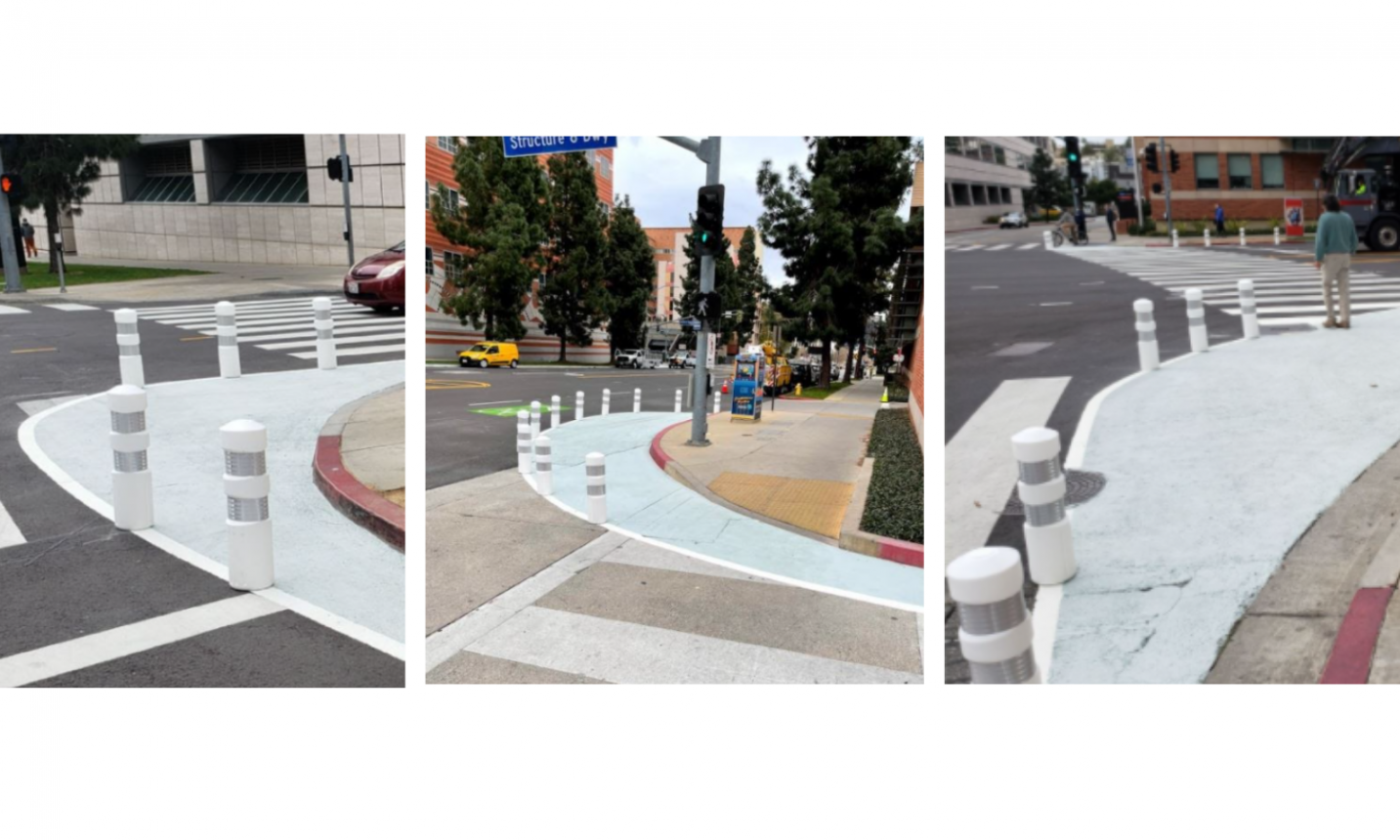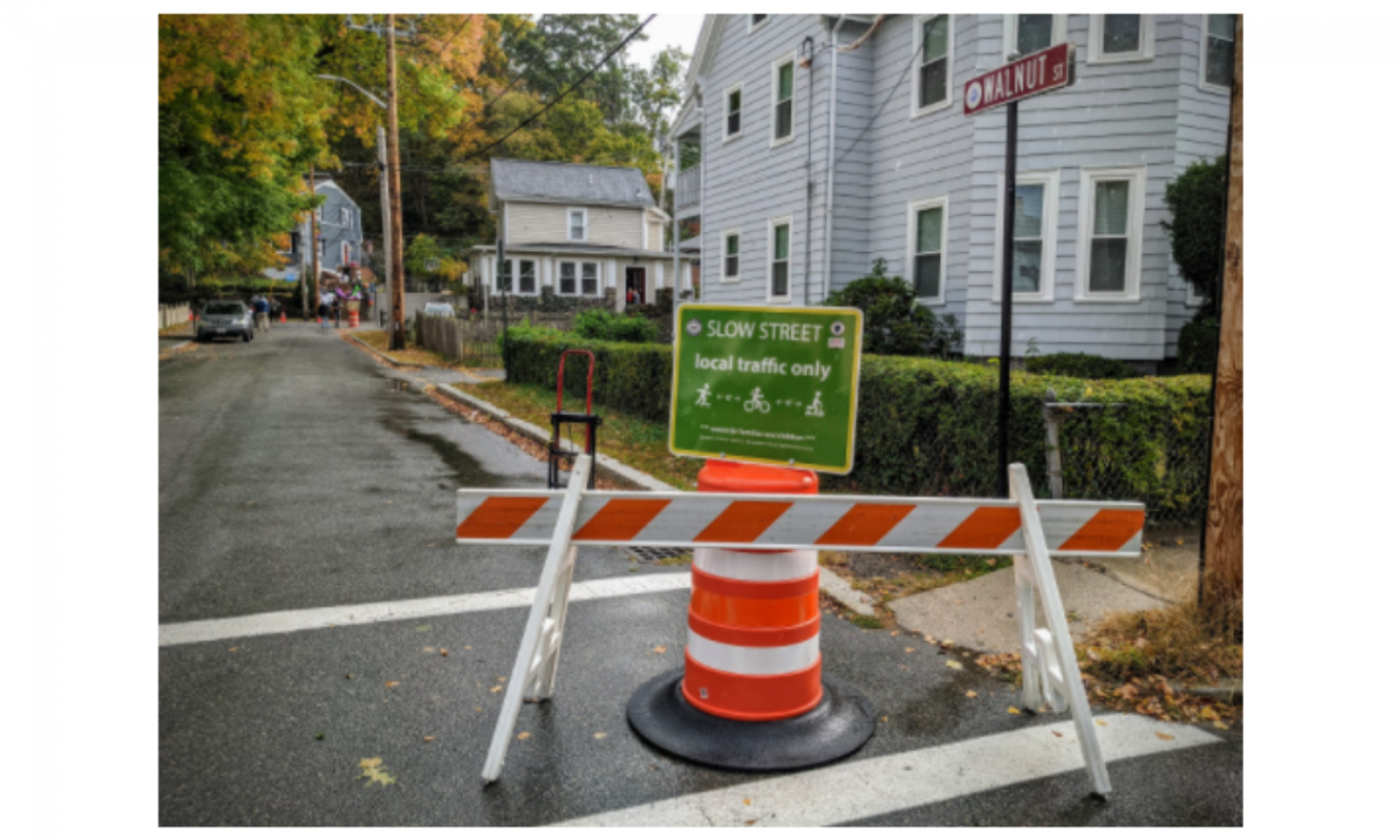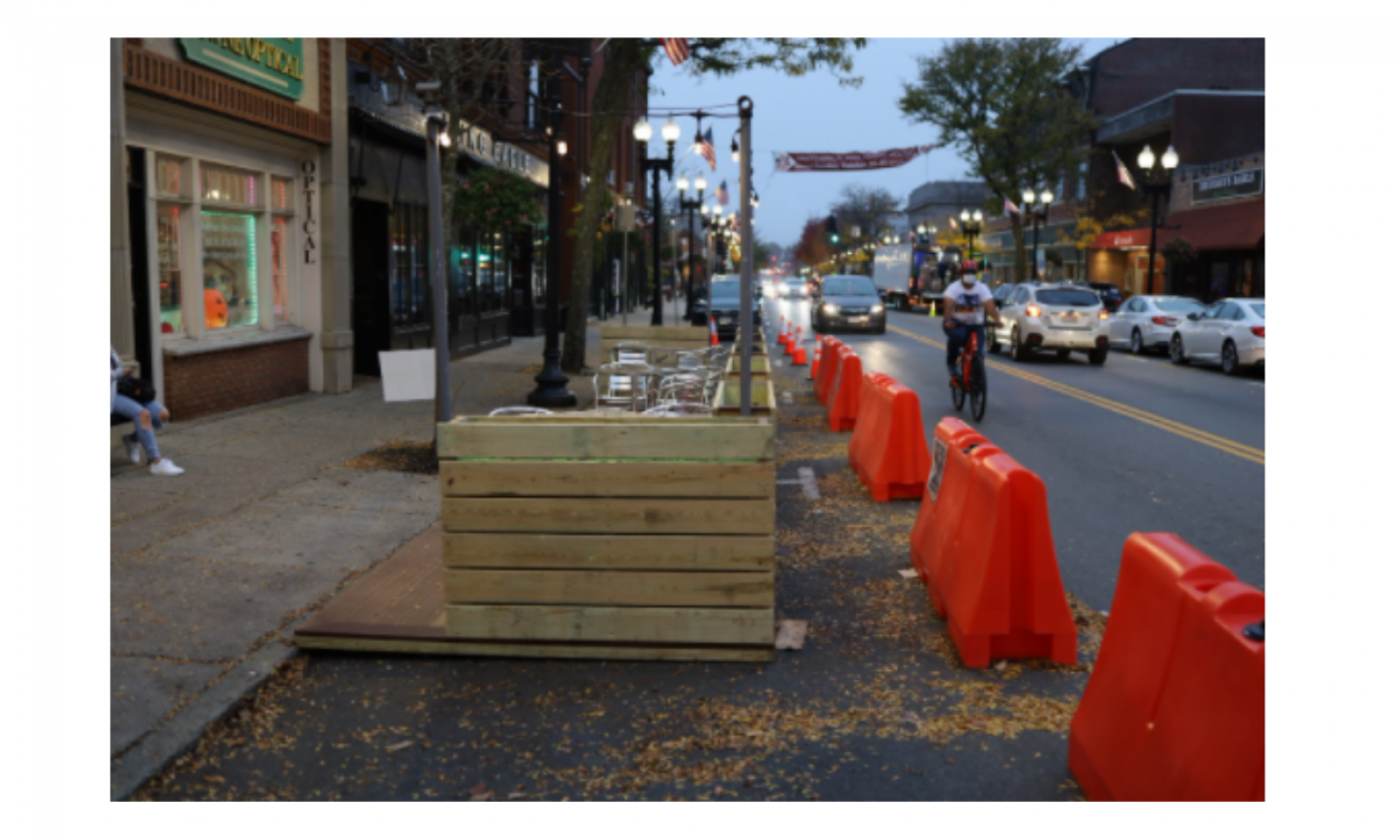Changes to Our Public Space
Even with all the uncertainties in the world right now, we know one thing for sure: public spaces are now more important than ever.
What is public space?
We all have a notion of public space in our minds; we might picture a park, plaza, or the street. A public space is defined as “an area or place that is open and accessible to all people.” Whatever it is that comes to mind, we are realizing just how important these spaces are in the midst of the pandemic.
Public spaces have become sanctuaries where we can escape cabin fever and get some much needed social interaction. They are essential. Cities are recognizing the need for outdoor, socially-distanced spaces by engaging in tactical urbanism.
What is tactical urbanism?
Also known as DIY urbanism, tactical urbanism is about creating short-term, low-cost projects to advance long-term planning goals. A good example is the Traffic Box Art Contest led by the BEWell Pod and UCLA Transportation, which added vibrant artworks to traffic boxes on campus. In supporting the installation of community-created artwork on traffic boxes throughout campus, Semel HCI hopes to enhance the UCLA built environment and promote awareness regarding the relationship between climate change, health, and well-being

During the pandemic, many cities have initiated tactical urbanism projects to accommodate social distancing protocols in public spaces, enhance outdoor activities, and support local businesses and restaurants. Below, I’d like to share a few examples of tactical urbanism projects.
Sidewalk Extensions
Often created with cones, sidewalk extensions provide more space for people to comply with physical distancing protocols when walking or waiting. Cities like Milan, Italy have created new walking or biking paths altogether for over 21 miles of streets.

Solomon Foundation via Flickr
UCLA Transportation has recently implemented curb bulb-outs, or curb extensions, along Westwood Plaza. Like sidewalk extensions, they repurpose existing space from a parking or travel lane to allow more room for social distance when Bruins return to campus. In addition, they increase overall pedestrian visibility when waiting to cross intersections and reduce the crossing distance.

Photos via UCLA Transportation
Slow Streets
Slow streets discourage traffic and limit car speeds so people can walk, run, and bike safely. The City of Oakland started the Slow Street Programin April 2020 to mitigate overcrowding and reduce traffic in certain local streets. Oakland created 74 miles of slow streets to support citizens’ physical activity and recreation. More information on slow streets and how they are implemented here.

Solomon Foundation via Flickr
Outdoor Dining
Perhaps the most noticeable change to urban spaces is the boom in available outdoor dining areas. They allow restaurants to comply with physical distancing protocols while continuing dine-in operations. For cities with limits on restaurant capacities, outdoor seating provides an alternative for the space limitations to indoor dining. Many restaurants have repurposed parking spots for outdoor dining, as seen in the image below.

Solomon Foundation via Flickr
There are many more tactical urbanism strategies that have transformed public spaces during the pandemic. In addition to cities adding more bike lanes, my home city of Vancouver, Canada has created pop-up plazas. I’ve personally really enjoyed the changes around the city due to the pandemic. They’ve installed a new bike lane by the beach and there are more cyclists now than ever. When the weather is nice, everyone flocks outside to take advantage of it. Seeing everyone in the public space reminds me that everyone appreciates being outdoors just the same and that we are not alone.
I hope that these acts of tactical urbanism continue past the days of COVID-19 as we engage in a continuous dialogue with our built environment. Seeing the changes in my city has made me realize the power of tactical urbanism.
I encourage you to talk a stroll through your city’s streets and notice how the public space has been transformed.
Lara Washington is a third-year UCLA undergraduate student studying Communications and graduating this spring. Aside from blogging for the BEWell pod, she also works for an academic journal and likes cycling. She is from and currently in Vancouver, Canada.


